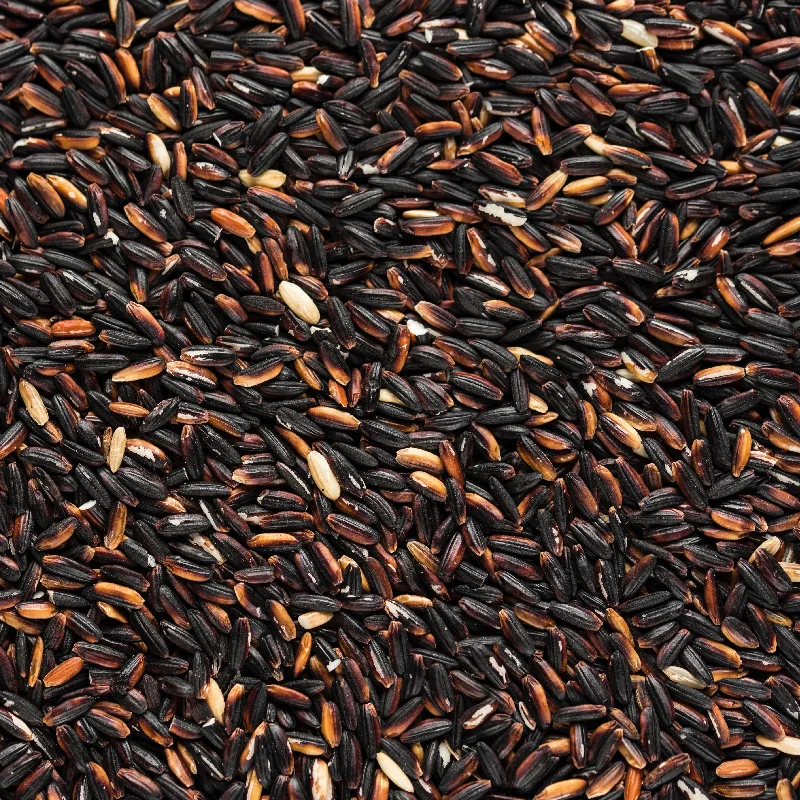FODMAP Fodder
FODMAP is not an easy term to remember but lately it seems to be everywhere from your supermarket shelf to your local café. So, what the fod is FODMAP? In short it is an acronym that stands for Fermentable Oligosaccharides DisaccharidesMonosaccharides and Polyols. If you have problems with bloating, gas or stomach pain then this windy group could definitely be the culprit.
FODMAPs are short chain carbohydrates that are poorly absorbed in the small intestine. These are foods containing sugars, starches and fibres that some people cannot fully digest or absorb. FODMAPs are not only found in grain-based foodssuch as wheat, barley and rye but also in pulses and beans, dairy, artificial sweeteners and certain fruits and vegetables.
The term FODMAP was first discovered at our own Monash University in Melbourne in 2005. It has since taken off. FODMAPs are often referred to as fast food for gut bacteria as they pull water into the intestine. This causes symptoms such as abdominal pain, bloating, wind and altered bowel movements.
If you’ve suffered from these gastrointestinal symptoms, which can be particularly taxing for a regular exerciser or athlete, then you could be reacting to a few different FODMAPs. A low FODMAP diet is similar to a gluten free one but has been shown to be more effective in improving gut problems.
FODMAPs are hidden in so many foods that it’s recommended that you see a dietitian that specialises in this area. There is an ever-growing database of FODMAP foods that gets updated regularly. It is important to remember that the effect of these FODMAPs is accumulative. The more of them you eat, the more your gut distends and the worse your symptoms become.
As a general guide in the Oligosaccharide or O of FODMAP some main foods to currently avoid are lentils, chickpeas, broccoli, beans, brussel sprouts and soy-based products. Also, rye, wheat, barley, garlic, cabbage, beetroot and leek. Onion is particularly problematic so this is a definite one to let go.
The most common disaccharide - which is the D in FODMAP - is lactose. Lactose is found in dairy such as milk, yoghurt, soft cheese, ice cream and sour cream. If you have to cut the cheese then make it a hard one such as cheddar or parmesan.
Fructose is the monosaccharide or the M in FODMAP that causes problems. It is found in honey, vegetables and fruit. The amount found in fruit varies. The ones to particularly avoid are mangoes, watermelon, pears, apples and peaches. Also, avoid sugar snap peas and high fructose corn syrup.
Polyols - the final letter in FODMAP - covers other fruits and vegetables that contain sugar alcohol. These include stone fruits such as cherries, nectarines and apricots. Also, vegetables such as mushrooms and cauliflower.
Sugar substitutes may also contain polyols. Watch out for xylitol 967, sorbitol 420, maltitol 965 and mannitol 421. These are found in mints, sweets and cordial and will have a laxative effect. Watch out for rum that is distilled from sugar as well as it can wreak havoc on your stomach.
If you suspect you’re sensitive to FODMAPs then don’t despair. There are many alternatives to the foods you need to avoid. Most yellow, pink, orange and purple fruits are fine. You can eat bananas, oranges, blueberries, cantaloupe, coconut, lemons, limes, grapes, pineapple, raspberries, rhubarb and strawberries. Table sugar and pure maple syrup are also okay and you can use artificial sweeteners that don’t end in ol.
Chicken, fish, shellfish, pork, eggs, tomatoes, cucumbers, zucchini, squash, spinach and eggplant are great. Enjoy lactose free milk and yoghurt or rice milk. Buckwheat, quinoa, rice, potato and polenta are also fine. You can still have gelato, butter and margarine. Suitable alcohol includes wine, beer, vodka and gin.
If you’re having a low FODMAP friend over, snack and meal ideas include quesadillas with corn tortillas and cheddar cheese or rice noodles with chicken. For brunch, fruit smoothies with lactose free milk and yoghurt and bananas and strawberries are fine and any eggs are also suitable.
Remember, that as is common with many diets the low FODMAP diet can be difficult and impractical to follow. It risks eliminating many nutritious foods particularly fibre and it can make eating expensive. Make sure you seek expert advice before you dump all those FODMAP foods.
Photo by Joanna Kosinska on Unsplash






